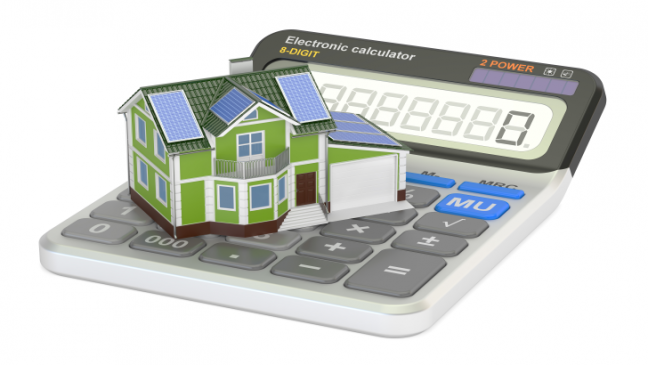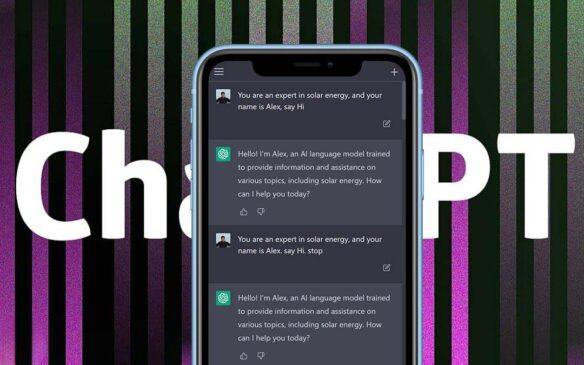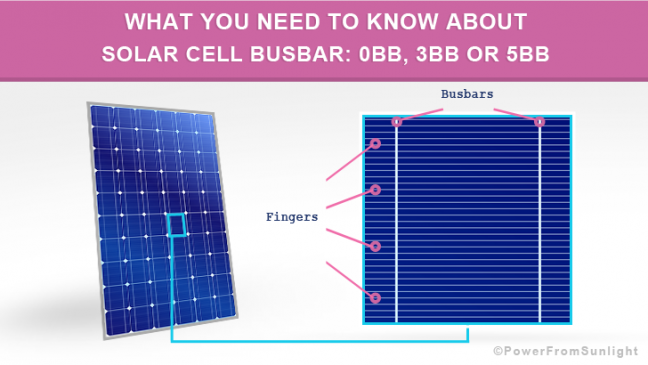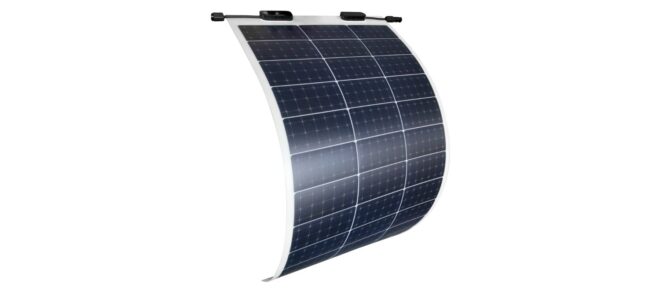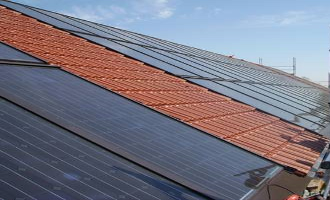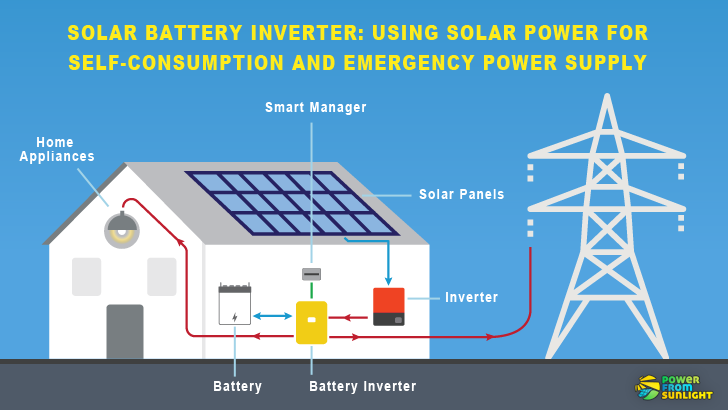
Solar Battery Inverter: Using Solar Power For Self-consumption and Emergency Power Supply
What is a solar battery inverter? How does it work? How can a solar battery inverter help to ensure the self-consumption and emergency power supply? When is it advantageous to use this inverter? This article provides the best answers to these questions.
Structure and application of solar battery inverters

Besides the well-known types of solar power inverter, many producers offer so-called solar battery inverters. These work in a similar way to other inverters and convert the direct current into a usable alternating current.
The solar battery inverters have an additional storage unit in the form of a solar battery. These batteries can supply the household net during a power failure with stored electricity and so can help to bridge power failures.
The solar battery inverter establishes a substitute solar power supply with the aid of an autarkic island operating and works independently of the grid during the period of power failure.
If you use the solar PV system for technical systems such as servers or EDV systems, then such system make sense in order to maintain the power supply of sensitive applications.
Important requirements of the backup power supply with solar power inverter
Generally, the backup power system consists of an automatic switching device and a solar battery inverter. These components can also be integrated into the existing solar PV systems.
There are three important requirements with which both devices should comply:
- Disconnection from the grid: the solar PV system should be uncoupled from the public grid.
- Earthing: the neutral conductor must be earthed reliably during the backup power supply.
- Phase coupling (optional): The solar battery inverter turns the three-phase power grid into a single phase distribution grid.

Self-consumption optimization with solar battery inverters
In addition to the reduction of the solar battery times and therefore the related plant costs, the solar battery inverters offer the possibility to carry out a so-called self-consumption optimization.
If you reduce the self-consumption optimization in winter, the batteries remain in this weak lighting period at a relatively higher state of charge. Then, during winter nights, the largest part of energy comes from the batteries of backup power system.
In the summer, the self-consumption increases again, and for the bridging on short summer nights, you need less power from the battery.
A maximum self-consumption is achieved, if solar energy is always available, even at night, when the sun does not shine, and no solar energy can be produced.
The battery in solar battery inverter is stored with the aid of certain solar modules. Only when this battery is fully charged, and there is no power consumption in the connected grid, the solar PV system feeds the energy into the public grid.

Three-phase solar battery inverter for commercial use
Generally, modern solar power inverters are three-phased. Therefore, it is possible to build such system for commercial purposes.
In modern manufacturing companies, the power consumption values are considerably higher than in the private use. Therefore you need alone for the self-consumption a commercial XXL PV system. Besides, the power supply should run interruption-free.
With the use of solar battery inverters, small workshops or firms can also be protected from power failures. Solar PV systems between 3 and 30 kWp can be designed and usefully integrated.

Why is it worthwhile using solar battery inverter in private plants?
Solar battery inverters are not only useful for commercial applications to ensure self-consumption and emergency power supply. The benefits mentioned should also not be underestimated in the private sector. Therefore, it makes sense to replace the conventional solar power inverter with a solar battery inverter. Here one should seek advice from a qualified expert.
To know more about the different types of solar inverter see this article.


